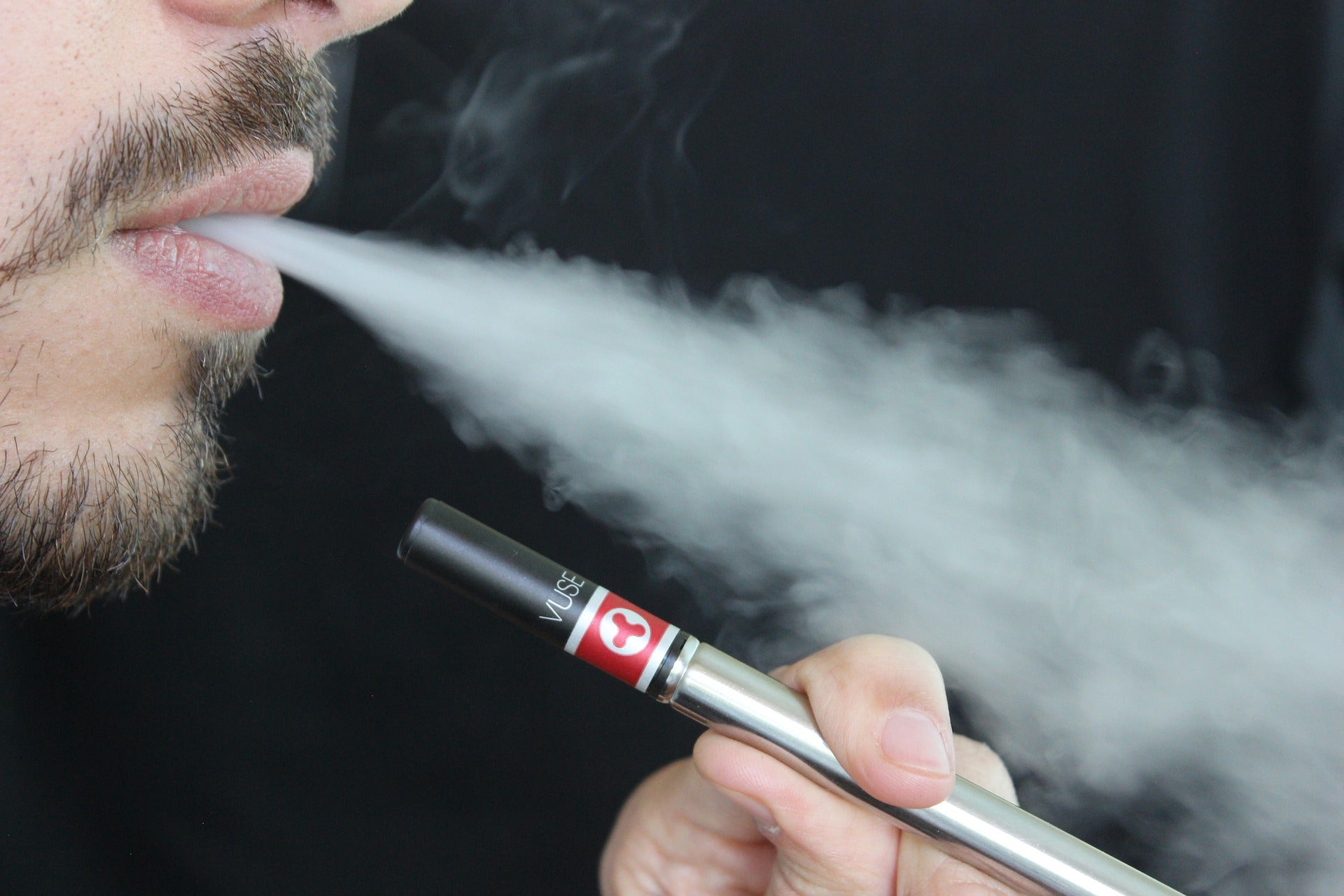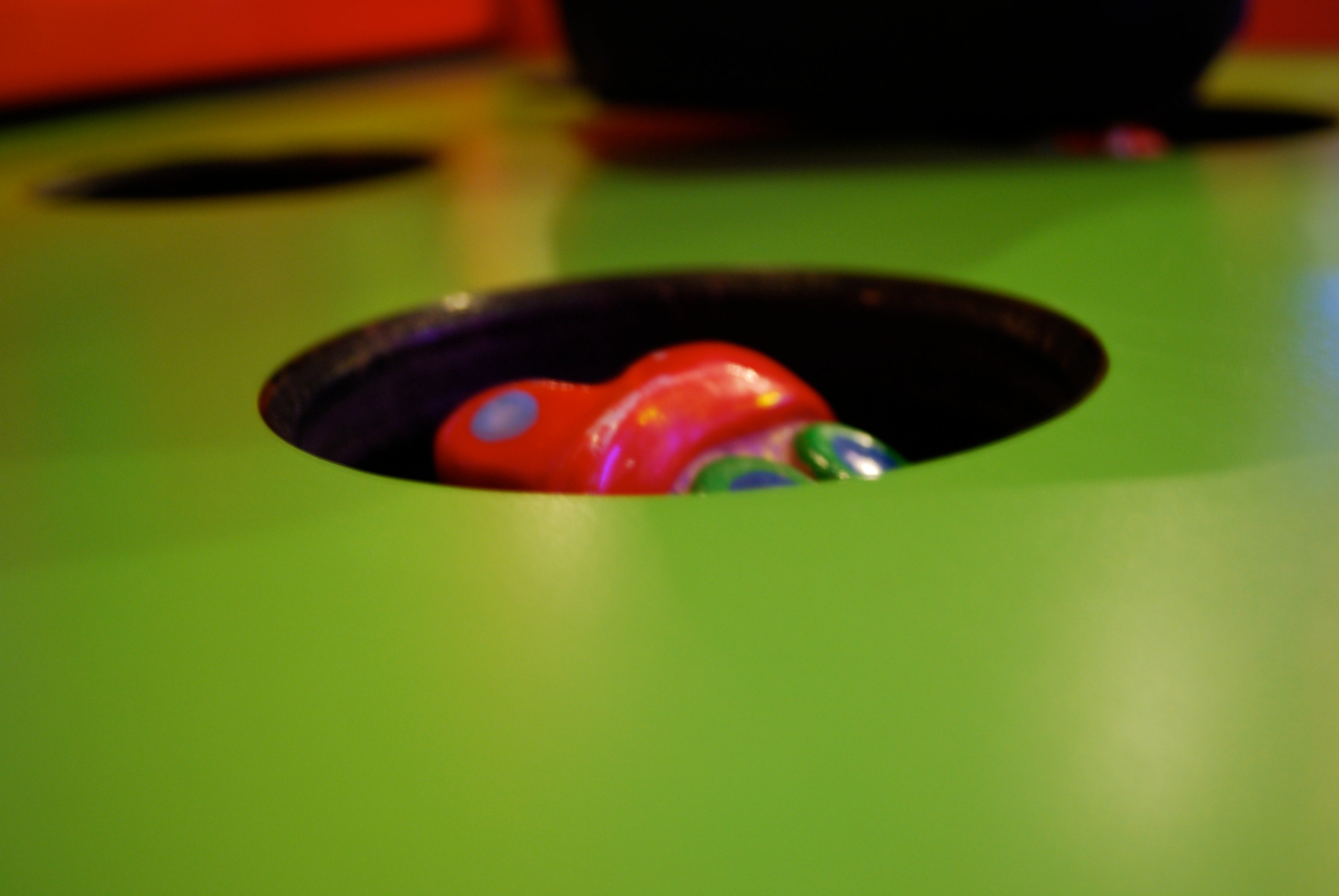Photo by: Pixabay user kc0uvb
From laser printers to the chair you’re sitting on, everyday products can hold chemicals that are potentially dangerous.
Why it Matters: Chemicals used in some common goods can have long-lasting effects on health. Many plastic products and stain repellent coatings, for example, are made from molecules with fluorine-carbon bonds, which never fully degrade. Once they make it into the environment or our bodies, they stay there. Some of those chemicals are linked to testicular cancer, kidney cancer, high cholesterol and suppression of vaccine effectiveness in children.
Plastic Products: Phthalates—synthetic chemicals used in products from vinyl flooring to food packaging to medical tubing to cosmetics—can cause reproductive harms. Studies from Harvard Chan School have shown that they can disrupt hormones, increase the risk of gestational diabetes, and raise risks of miscarriage.
Common Chemicals: Poly- and perfluoroalkyl substances (PFASs) are used in all sorts of applications, from stain repellent coatings to waterproofing sprays to firefighting foam. They can stick around for centuries. Harvard Chan School researchers found that PFASs can leach into groundwater near fire training areas, and eventually find their way into drinking water supplies. The chemicals are linked to cancer, immune dysfunction in children, obesity, thyroid disease, and other adverse health outcomes.
Laser Printer Toner: Recent studies have shown that laser printer toner powder can contain engineered nanoparticles (ENPs). Those ultra-small particles are released into the air during their use, and can work their way into the lungs, causing inflammation. Some of the ENPs go through chemical changes during printing, and form molecules similar to known carcinogens.
Resources:
- PFASs, chemicals commonly found in environment, may interfere with body weight regulation
- Synergistic effects of engineered nanoparticles and organics released from laser printers using nano-enabled toners: potential health implications from exposures to the emitted organic aerosol
- Geochemical and Hydrologic Factors Controlling Subsurface Transport of Poly- and Perfluoroalkyl Substances, Cape Cod, Massachusetts
- Exposure to phthalates may raise risk of pregnancy loss, gestational diabetes
- Stop Playing Whack-a-mole with Hazardous Chemicals
- These toxic chemicals are everywhere — even in your body. And they won’t ever go away.
- At Harvard Chan School, nano safety is no small concern

E-Cigarettes and Lung Disease
Chemicals linked with severe respiratory disease found in common e-cigarette flavors.
Tracking mystery fluorochemicals in the environment
Widely used fluorinated chemical compounds called “per- and polyfluoroalkyl substances,” or PFASs, are found in rivers, soils, and in people’s bloodstreams around the world, and some have been linked with a range of health problems, including cancer. Scientists say there may be hundreds of these compounds currently in use, and they’re working to determine how…

Gina McCarthy's center works with Google on chemical dangers
Google and a Harvard University initiative led by former EPA Administrator Gina McCarthy are joining forces to reduce the use of dangerous chemicals in products like furniture and carpets.



Should Pregnant Women Eat Fish? Exploring Prenatal Exposures to Chemicals
A video series exploring the impact of fish, mercury, and other chemical exposures on pregnant women and their babies.

Flame Retardants and Health
Flame retardants aren't essential to our safety, they are toxic, and they are everywhere. Why? And what can you do about it?

Choosing a Chemical Flame Retardant-Free Campus
Harvard becomes the first university in the nation to sign a pledge against toxic flame retardants.

Chemical Flame Retardant-Free Toolkit and Buyers Guide
This guide helps you create a healthier environment by implementing standards, working with purchasers, and holding vendors accountable.

E-Cigarettes and Lung Disease
Chemicals linked with severe respiratory disease found in common e-cigarette flavors.

Stop Playing Whack-a-mole with Hazardous Chemicals
In this op-ed published in The Washington Post, Joseph Allen, Assistant Professor of Exposure Assessment Science at Harvard T.H. Chan School of Public Health, explores a phenomenon known in the world of public health as “regrettable substitution” — the cynical replacement of one harmful chemical by another equally or more harmful in a never-ending game…
